Chapter 4
Ancient Egyptian Art
By Boundless
The hallmarks of ancient Egyptian civilization, such as art, architecture and religion, took shape during the Early Dynastic Period.
The hallmarks of ancient Egyptian architecture took shape during the Early Dynastic Period.
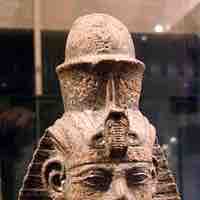
The Early Dynastic Period of Ancient Egypt reached a high level in painting and sculpture that was both highly stylized and symbolic.
The small-scale sculptures of the Early Dynastic Period in ancient Egypt provide insight into the foundations of Egyptian customs and the unification of the country.

Known as the "Age of the Pyramids," the Old Kingdom was characterized by revolutionary advancements in architecture.
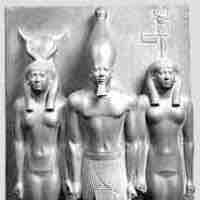
Egyptian artisans during the Old Kingdom perfected the art of sculpting and carving intricate relief decoration out of stone.
Innovations during the Middle Kingdom included the solemnity evident in portraits of Senusret III and block statues.
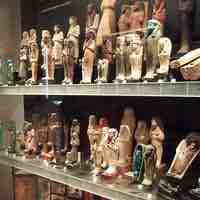
Grand and royal tombs continued to be built for the deceased during the prosperous Middle Kingdom.
The stelae of Ancient Egypt served many purposes, from funerary, to marking territory, to publishing decrees.
When Egypt had military and political security and vast agricultural and mineral wealth, its architecture flourished.
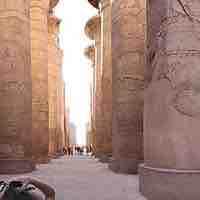
The golden age of the New Kingdom created huge prosperity for Egypt and allowed for the proliferation of monumental architecture.
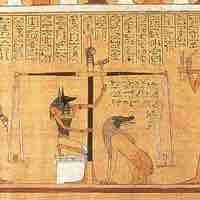
The Book of the Dead was a funerary text designed to assist a deceased person's journey through the underworld and into the afterlife.
Sculpture in the New Kingdom continued in the traditional style until undergoing a drastic shift during the Amarna period.
Painting for much of the New Kingdom continued to follow established conventions. However, significant changes to the human form emerged during the Amarna Period.
The Late Period of Ancient Egypt (664–332 BCE) marked a maintenance of artistic tradition with subtle changes in the representation of the human form.

The Kingdom of Kush was an ancient African state whose art and architecture were inspired by Egyptian design, but were distinctly African.
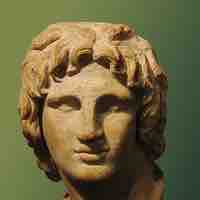
Hellenistic art, richly diverse in subject matter and in stylistic development, characterized culture after Alexander the Great.
